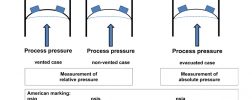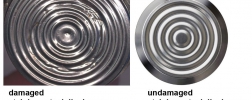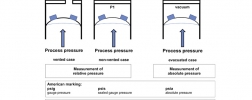In previous articles about the fields of application of different pressure sensors, I have described the special features of the different versions. Pressure range and ambient conditions are decisive when selecting a suitable sensor for a problem to be solved. In …
Measuring principles
How to prevent the ingress of moisture through the cable of submersible pressure transmitters and level probes?
Enrico Bossart | Know-howIf you want to measure the level of a liquid easily and reliably, most people will do this using hydrostatic pressure measurement, e.g. with a submersible pressure transmitter or a so called level probe. The characteristic submersed application implicates a maximum …
Cleaning of submersible pressure transmitters or level probes
Enrico Bossart | Know-howIf the specific pressure sensor design of the submersible pressure transmitter or level probe is selected to measure the filling levels, this often means that the probe is used under environmental requirements which would cause failure of common level sensors. …
Fields of application for pressure sensors 3 – Absolute pressure sensors: why is it necessary to use absolute pressure sensors or pressure transmitters
Stefan Heusel | PressureElectronic pressure sensors usually measure the change in pressure through the deformation of a diaphragm. If this diaphragm is exposed to the process pressure on one side and "vented" on the other side (and thus exposed to the ambient pressure), the deformation is …
Fields of application for pressure sensors 2 – non-vented gauge pressure sensors: when unvented pressure sensors or transmitters are the best choice
Stefan Heusel | PressureIn most applications, gauge pressure measurement is required and therefore pressure sensors and pressure transmitters that measure pressure against the prevailing ambient pressure are commonly used for this. Those pressure sensors typically have a venting hole to …





